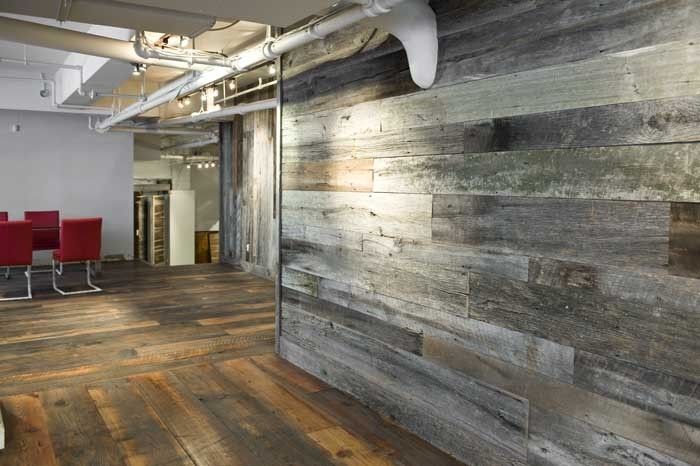
It may not be really eco but it saved our walls. The primer Gripper works well on any surface. So we peeled off all the Kilz, roughened up the paneling a little more, then we used a primer called Gripper. We lightly sanded it and used Kilz primer. If you have a shiny or very smooth texture paneling you will want to sand it a little past gently so it roughs up the surface. Primer: If you are painting over paneling you will want to lightly sand the entire surface of the walls so paint will stick to it, especially if the paneling is shiny. Once you finish sanding and all your seams, holes, and dents are repaired, you will need to prepare the rest of the wall surface for primer. They make several great ones perfect for small hands now. It will save you a lot of time and energy. I also recommend using a small handheld electric sander. Do not go too far down or you’ll expose the seam lines, holes, and dents again. With the mid grade sandpaper sand all the spackle down to the point where it is even with the rest of the wall surface. Use the fine grain during the final sanding. A fine grain sand paper won’t do much good until the surface is evened out. You don’t want it to rip off all the spackle. Sand: Use a mid grain sandpaper, not too course. Let it dry for a day or at least overnight. Do not sand it until it is completely dry.

There are different formulas for wood, cement, concrete and drywall.Īpply a good thick coat to all the seams, dents, holes and any other imperfections in the wall. Be sure to purchase a product made for the type of surface you are using it on. We used a spackling paste made for wood or masonry and it worked great. Spackle: Start filling in all the seams with a sandable putty or spackling paste. This defeats the purpose of trying to paint over the paneling. This won’t give your walls an even finished look, but sometimes you just have to work with what you got. The strips are underneath the sheets of paneling and taking them out means ripping up the paneling which usually leads to damage and the paneling breaking. If you can’t remove them you’ll have to deal with them and paint over them. If you have any divider strips between the paneling you’ll want to remove them if you can. Clear it out as much as possible so you can get to all the wall space. For us this meant removing everything from cabinets to appliances because we were giving it a total makeover.

Here are the step by step instructions on what my husband and I did to make our kitchen look more like an Italian country kitchen than a 1970s nightmare.įirst we cleaned out the room. I finally figured out a way to make it work. I did some research and spent a lot of time at the local Home Depot looking at products and scanning through books. I knew just painting over the paneling would not look good as all of the seams would still show. Since then I’ve learned that this technique can be used to hide uneven drywall, cement walls, cover old paneling and even wallpaper. I couldn’t believe how fabulous my walls looked when I was finished. Texture painting and faux finishes can help cover and transform not so perfect walls. I decided on texture painting with a faux finish.
Cover wall paneling update#
What could I do to update the walls without spending a fortune? It was hideous.īut when it was time to remodel we didn’t have the time or budget to tear it out and drywall everything. The paneling was ugly, uneven in some areas and completely outdated. Ugly brown and yellow floral paneling in the dining area.


 0 kommentar(er)
0 kommentar(er)
